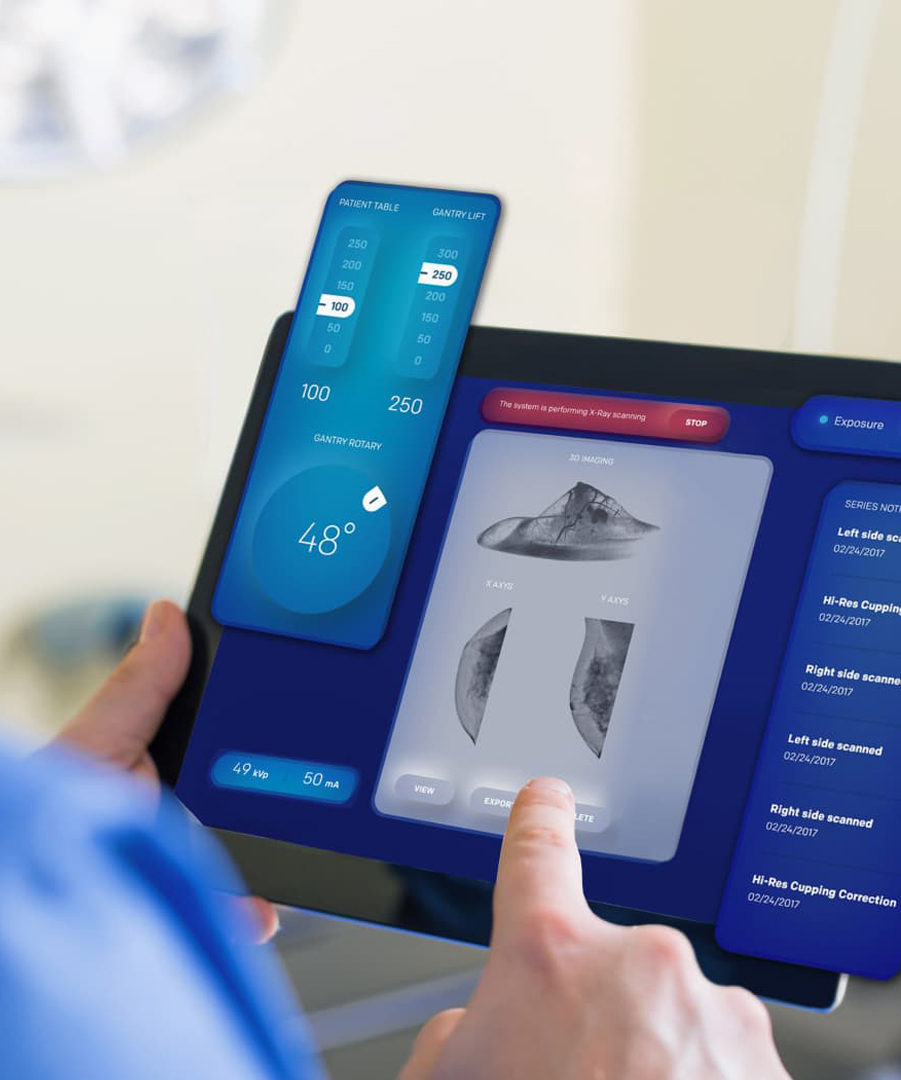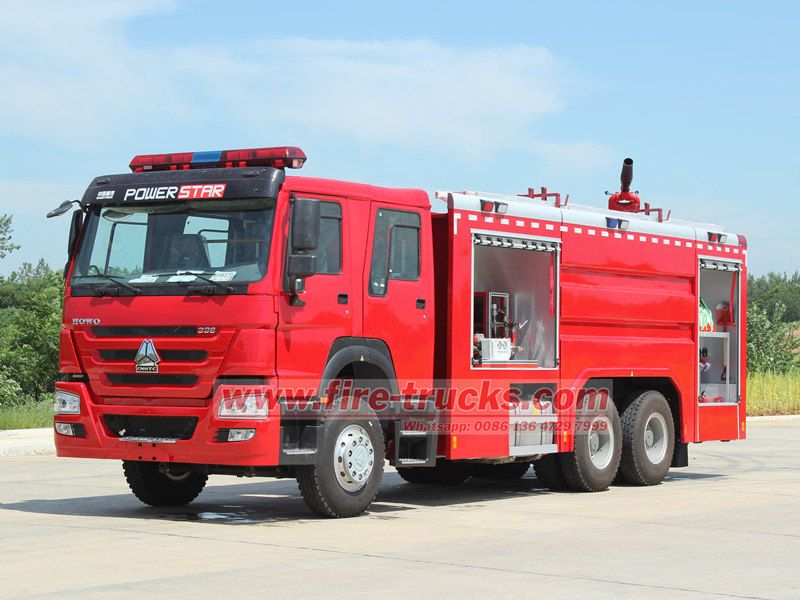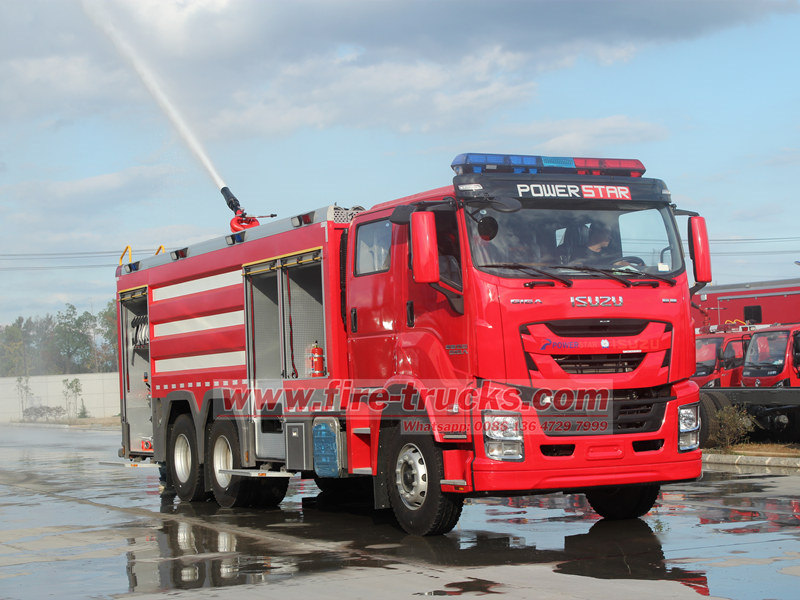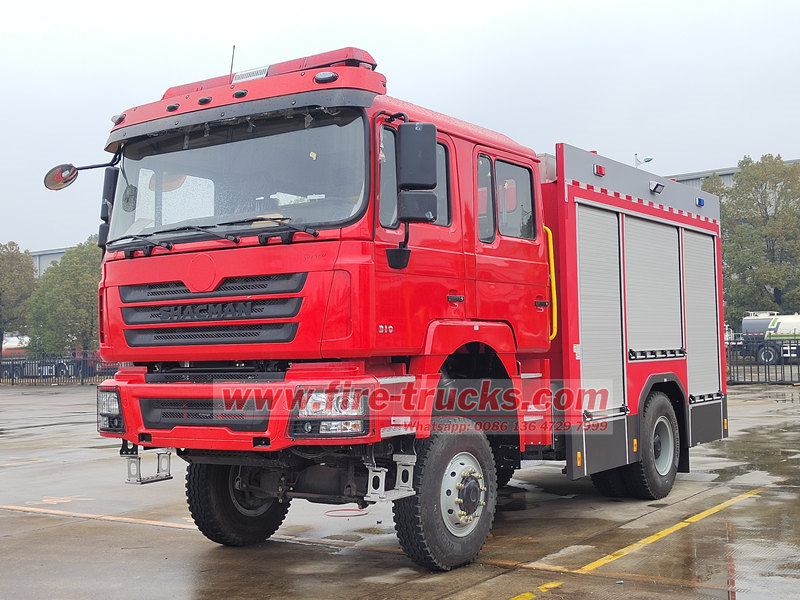


Los camiones de bomberos de espuma, como componentes esenciales de los equipos modernos de extinción de incendios, desempeñan un papel insustituible en la lucha contra diversos tipos de incendios. POWERSTAR se especializa en la investigación, el desarrollo y la producción de diversos camiones de bomberos y puede personalizarlos con chasis de diferentes marcas y capacidades según las necesidades del cliente. Estos incluyen modelos como Camiones de bomberos de espuma ISUZU Camiones de bomberos de espuma HOWO, FAW y Shacman, que satisfacen las necesidades específicas de diversos escenarios, como plantas petroquímicas, aeropuertos y extinción de incendios urbanos. Este artículo ofrece una introducción detallada a la definición, el principio de funcionamiento, las ventajas principales y los principales escenarios de aplicación de los camiones de bomberos de espuma, ayudándole a comprender plenamente el valor de este equipo especializado para la extinción de incendios.

1. ¿Qué es un camión de bomberos de espuma?
Un camión de bomberos de espuma es un vehículo especializado para la extinción de incendios, equipado con un mezclador de espuma y un sistema de pulverización. POWERSTAR fabrica diversos camiones de bomberos de espuma con chasis de alta calidad de reconocidas marcas nacionales e internacionales como ISUZU, HOWO, FAW y Shacman, junto con eficientes sistemas de dosificación de espuma. Estos camiones se utilizan principalmente para extinguir incendios con líquidos inflamables como aceite y productos químicos. A diferencia de los camiones de bomberos con tanque de agua convencionales, los camiones de bomberos de espuma no solo transportan agua, sino que también están equipados con tanques específicos para líquidos de espuma y sistemas de dosificación inteligentes que mezclan agua y concentrado de espuma en proporciones específicas para formar espuma contra incendios.

Estos camiones de bomberos generalmente se modifican a partir de chasis de camiones de servicio pesado y se pueden clasificar en camiones de bomberos de espuma grandes, medianos y pequeños según su capacidad de líquido. ESTRELLA DE PODER 's Camiones de bomberos de espuma HOWO Puede transportar más de 15 toneladas de líquido, mientras que el camión de bomberos de espuma mediano ISUZU, modificado sobre un chasis ISUZU, equilibra movilidad y capacidad de extinción de incendios. En los últimos años, gracias a los avances tecnológicos, han surgido pequeños camiones de bomberos de espuma modificados sobre plataformas de camionetas, que ofrecen flexibilidad y agilidad, haciéndolos especialmente adecuados para espacios estrechos y una rápida respuesta a incendios iniciales. La principal ventaja de los camiones de bomberos de espuma reside en su capacidad para generar y rociar rápidamente espuma extintora, cubriendo eficazmente la superficie de los materiales en llamas para aislar el oxígeno y reducir la temperatura, logrando así una rápida extinción del incendio.

2. Principios de funcionamiento de los camiones de bomberos de espuma
El principio de funcionamiento de los camiones de espuma se basa en un sistema preciso de mezcla y suministro de líquidos. Al llegar al lugar del incendio, los operadores seleccionan la proporción de espuma adecuada (normalmente 3% o 6%) según las condiciones del incendio. La bomba contra incendios extrae agua del tanque de agua, mientras que la bomba de espuma extrae el líquido de espuma concentrado del tanque de espuma. Ambos se mezclan automáticamente en el mezclador dosificador en la proporción establecida.
La solución de espuma mezclada se suministra mediante mangueras contra incendios a monitores o boquillas de espuma, donde aspira aire durante la pulverización para formar espuma extintora. Esta espuma ofrece una excelente cobertura y durabilidad, aislando eficazmente el material en llamas del oxígeno. En los camiones de bomberos de espuma de gran tamaño, el monitor de espuma puede alcanzar distancias superiores a 70 metros, mientras que los sistemas de espuma pequeños modificados para camionetas son más adecuados para la extinción de incendios precisa a corta distancia.
Cabe destacar que los camiones de bomberos de espuma modernos de alta gama están equipados con sistemas de control inteligentes que ajustan las proporciones de mezcla y los modos de pulverización en tiempo real para adaptarse a diferentes tipos de incendios. Algunos modelos también integran sistemas de extinción de incendios con polvo seco, lo que crea capacidades de extinción combinadas que mejoran significativamente la eficiencia.

3. Ventajas significativas de los camiones de bomberos de espuma
Camiones de bomberos de espuma
Ofrecen múltiples ventajas sobre los camiones de bomberos tradicionales, lo que los convierte en el equipo de extinción de incendios preferido para lugares de alto riesgo como plantas petroquímicas y aeropuertos. Sus principales ventajas se reflejan principalmente en los siguientes aspectos:
1. Rendimiento de extinción de incendios de alta eficiencia:
La espuma contra incendios puede cubrir rápidamente grandes áreas de incendio, especialmente en incendios de petróleo, donde su eficacia extintora es más de diez veces superior a la del agua sola. La capa de espuma no solo aísla el oxígeno, sino que también previene eficazmente la volatilización de los vapores de combustible, evitando así la reignición.
2. Conservación del agua:
En comparación con la extinción de incendios con agua, la extinción con espuma reduce significativamente el consumo de agua. Esto es especialmente importante para la extinción de incendios en zonas con recursos hídricos limitados, y también explica por qué equipos pequeños como los camiones de bomberos pueden desempeñar un papel fundamental.
3. Alta seguridad:
Los camiones de bomberos de espuma suelen contar con monitores de espuma controlados a distancia, lo que permite a los bomberos operar a una distancia segura. Algunos modelos de alta gama también están equipados con cámaras termográficas y detectores de gases tóxicos, lo que garantiza aún más la seguridad de los bomberos.
4. Versatilidad:
Los camiones de bomberos de espuma modernos suelen integrar múltiples funciones de extinción de incendios, capaces de rociar espuma, agua pura o agua nebulizada, lo que los convierte en vehículos multiusos. Incluso los sistemas de espuma pequeños basados en plataformas de camionetas ofrecen esta flexibilidad de conmutación.

4. Principales aplicaciones de los camiones de bomberos de espuma
Las características especializadas de los camiones de bomberos de espuma los hacen indispensables en varios campos únicos, incluidos los siguientes:
• Industria petroquímica:
Esta es la principal área de aplicación de los camiones de bomberos de espuma. Los incendios en áreas de tanques de almacenamiento de petróleo, refinerías y plantas químicas suelen estar relacionados con líquidos inflamables, por lo que los camiones de bomberos de espuma son el equipo predilecto para estos casos. Las grandes áreas de almacenamiento de petróleo suelen estar equipadas con múltiples camiones de bomberos de espuma de alta capacidad para formar una red tridimensional de extinción de incendios.
• Lucha contra incendios en aeropuertos:
Los aeropuertos de aviación civil deben estar equipados con camiones de bomberos especializados (también conocidos como "vehículos de intervención rápida"). Estos vehículos destacan por su aceleración, lo que les permite llegar a cualquier punto de la pista en poco tiempo para extinguir incendios de combustible de aviación. Algunos aeropuertos también utilizan camiones de bomberos ligeros con plataforma de carga como unidades auxiliares.
• Lucha Integral contra Incendios Urbanos:
Con el aumento de edificios de gran altura y espacios subterráneos en las ciudades, los camiones de bomberos con espuma desempeñan un papel cada vez más importante en la extinción de incendios urbanos. No solo pueden extinguir incendios comunes, sino también gestionar eficazmente situaciones especiales, como incendios de vehículos en estacionamientos subterráneos e incendios de transformadores.
• Parques Industriales:
Varias plantas de fabricación, almacenes logísticos y otras instalaciones se están equipando gradualmente con camiones de bomberos de espuma o pequeños sistemas de espuma. Especialmente en lugares donde se almacenan grandes cantidades de materiales combustibles, los camiones de bomberos de espuma proporcionan una protección contra incendios más fiable.

Puede estar interesado en la siguiente información